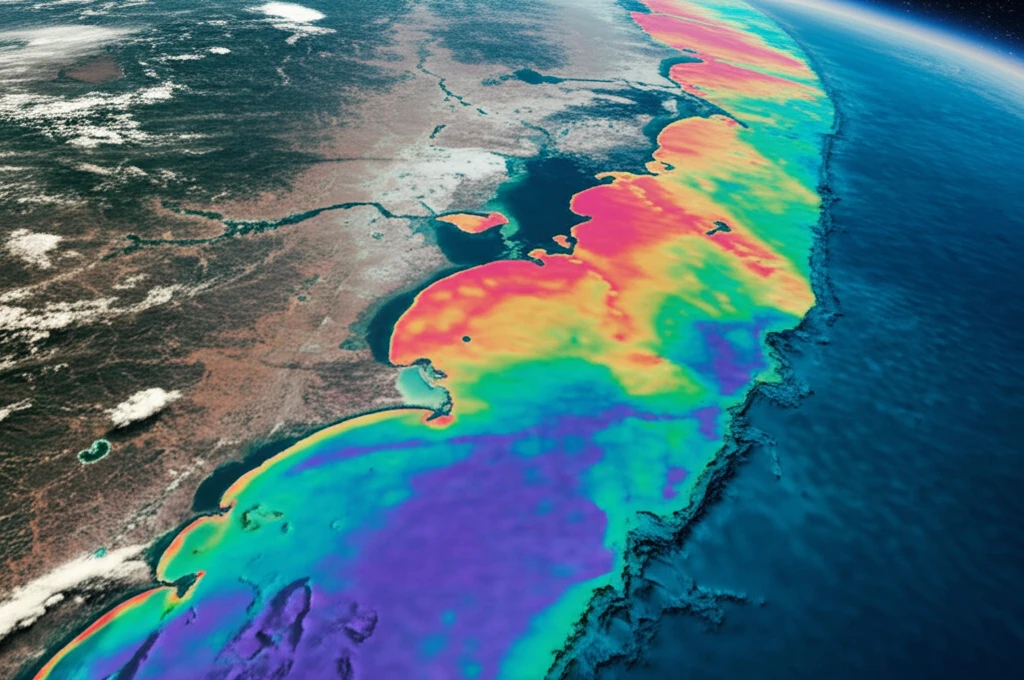
Unlocking Shoreline Secrets: How Spectral Analysis is Rewriting Coastal Mapping
"Discover how innovative spectral analysis techniques are enhancing the accuracy of shoreline mapping, offering new insights for environmental management and coastal preservation with soft classification."
Shoreline mapping, traditionally reliant on conventional image classification, faces significant hurdles due to mixed pixels—those ambiguous areas in satellite images that blur the lines between land and water. These mixed pixels, abundant in remotely sensed imagery, can undermine the accuracy of coastal maps, complicating efforts in environmental management and preservation. The limitations of hard classification, which assigns each pixel to a single land cover class, fail to capture the nuanced reality of coastal zones where land and water intertwine.
To address these challenges, scientists are turning to soft or fuzzy classification techniques. These methods allow for partial- and multiple-class membership within each mixed pixel, offering a more refined approach to mapping. By acknowledging the gradations and blends within coastal environments, soft classification enhances the precision of land cover mapping derived from remote sensing. This improved accuracy is crucial for effective coastal management and informed decision-making.
One promising avenue for refining shoreline mapping lies in super-resolution mapping (SRM). SRM techniques predict the location of land cover classes within each image pixel by using fraction images derived from soft classification. By delineating a pixel into a matrix of sub-pixels, SRM enhances the spatial resolution of coastal maps, providing a more detailed and accurate representation of shoreline boundaries. This advancement holds the potential to transform how we monitor and manage our coastlines.
The Power of Spectral Analysis in Coastal Mapping

At the heart of this revolution is spectral analysis, a method that examines the interaction of electromagnetic radiation with different materials. Each substance reflects, absorbs, and emits energy in a unique way, creating a spectral signature that can be detected by remote sensors. However, intra-class spectral variability—the range of spectral signatures within a single land cover class—presents a considerable challenge. Factors such as water turbidity, vegetation density, and soil composition can alter spectral responses, complicating accurate classification.
- Enhances the precision of land cover mapping.
- Improves the accuracy of soft classification.
- Addresses intra-class spectral variation.
- Facilitates better coastal zone management.
The Future of Coastal Mapping
The integration of spectral analysis techniques, particularly the use of spectral sub-classes, represents a significant step forward in shoreline mapping. By reducing the impacts of intra-class spectral variation, scientists can achieve more accurate and reliable coastal maps, crucial for effective environmental management. As remote sensing technologies continue to advance, the potential for even more precise and detailed coastal monitoring is within reach. These advancements promise to provide valuable insights for coastal preservation, urban planning, and climate resilience.
